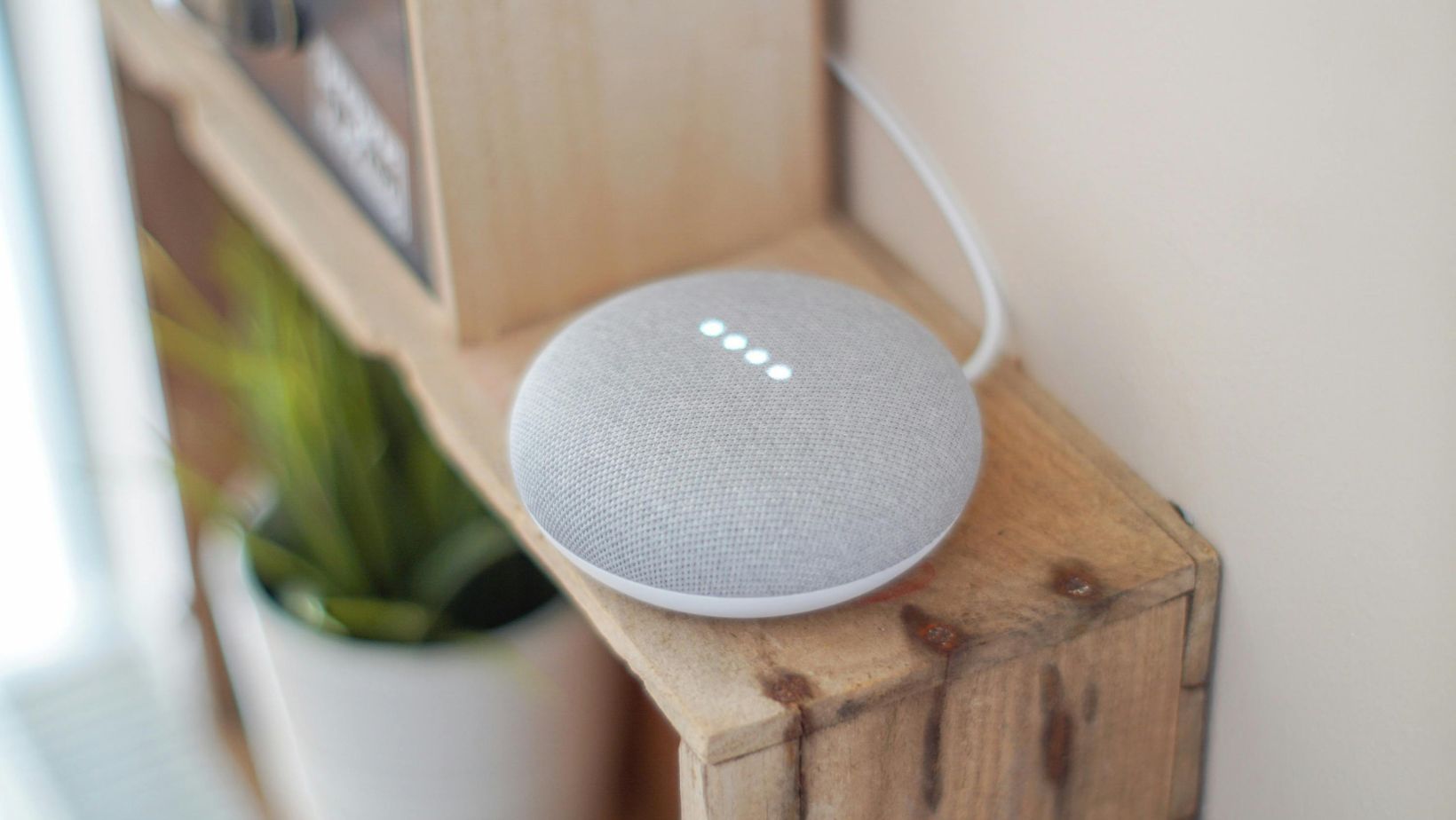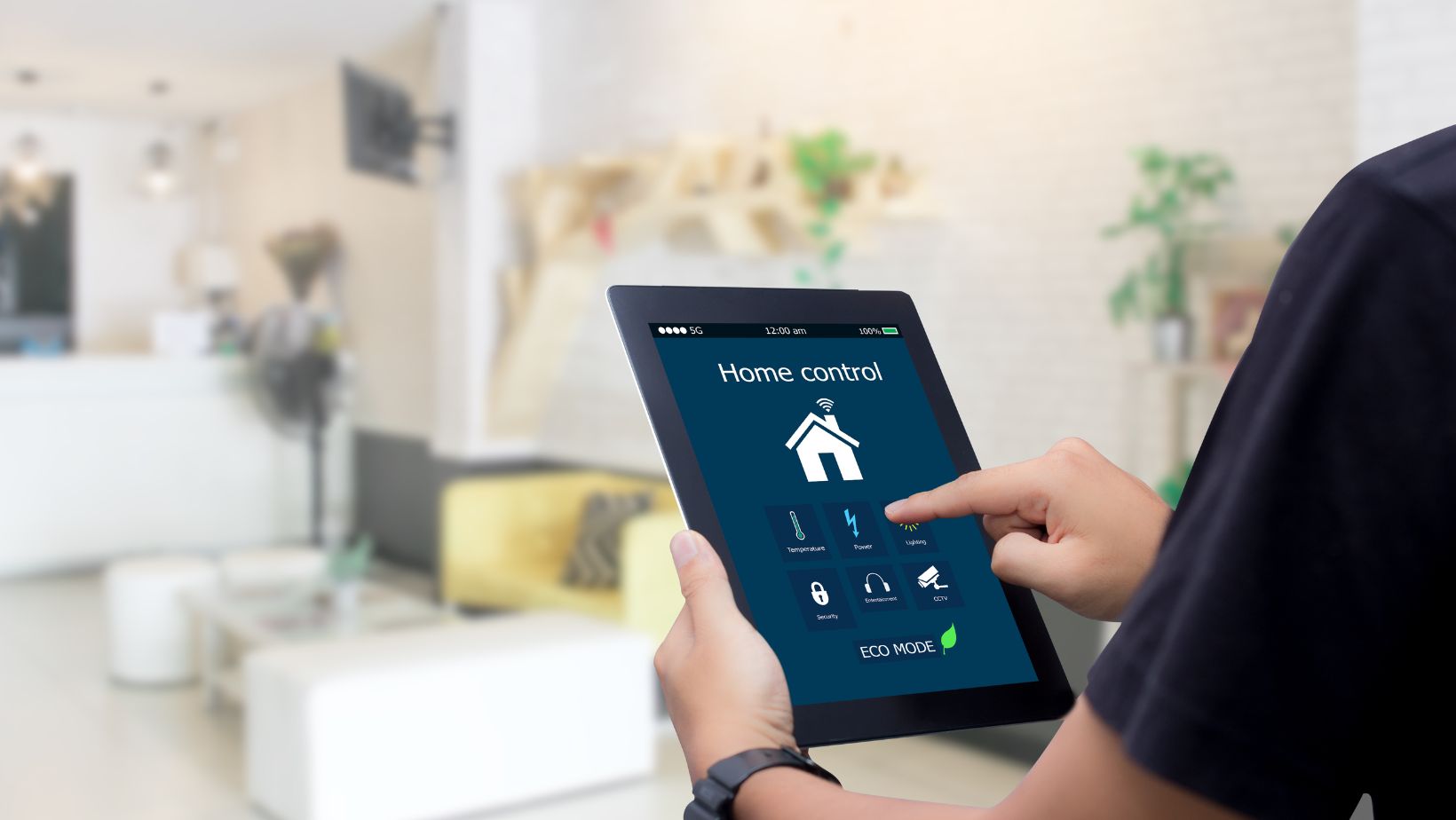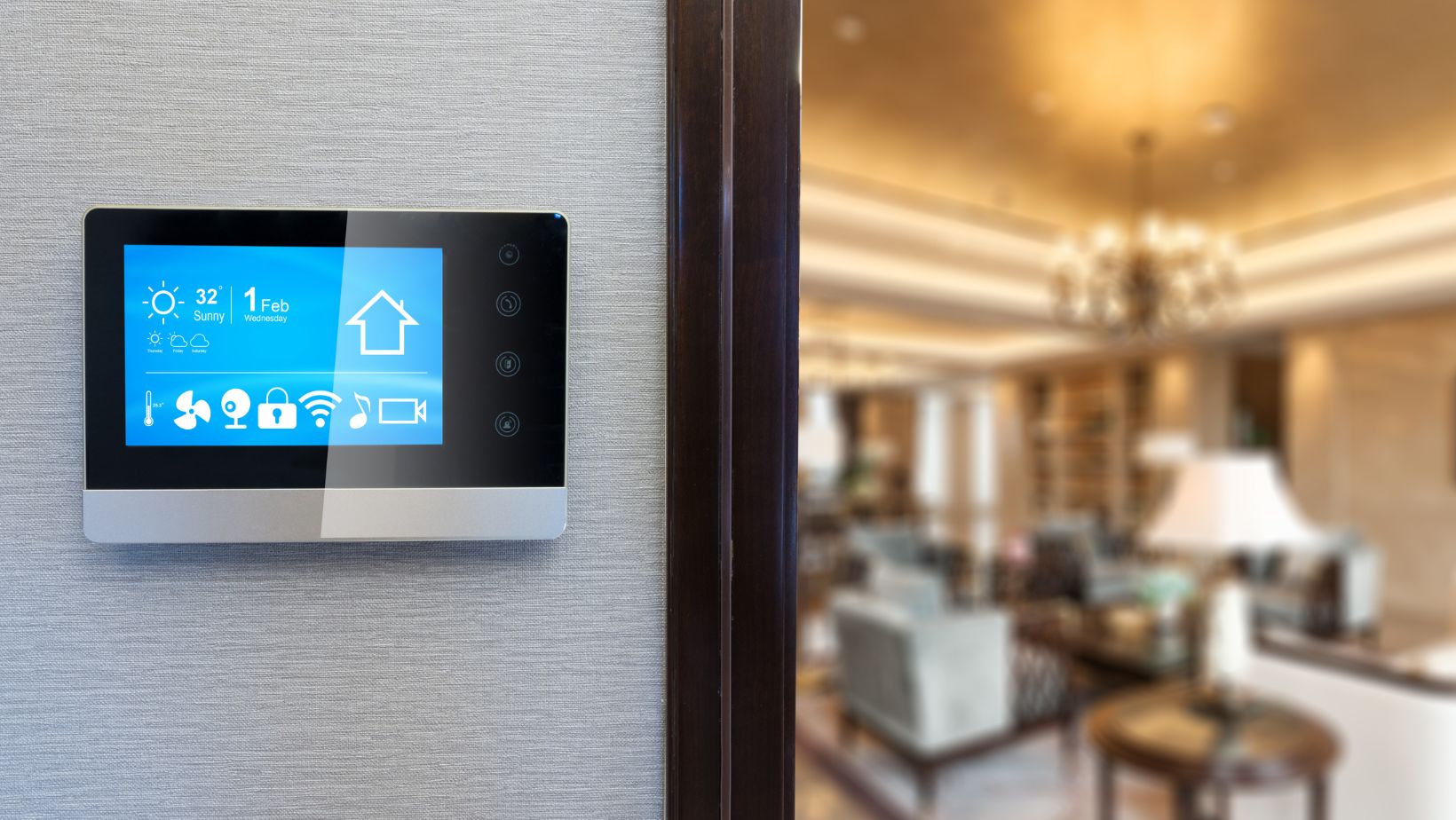
The concept of a smart home has moved far beyond the realm of science fiction. What once seemed like a futuristic fantasy is now a tangible reality, rapidly transforming how we interact with our living spaces. From intelligent lighting systems that adjust to our circadian rhythms to security systems that can identify intruders and notify authorities, smart home technology offers a blend of convenience, efficiency, and enhanced security. This technological evolution is not just about automating tasks; it’s about creating living environments that are more responsive to our needs and contribute to a more sustainable lifestyle. As technology continues to advance at an unprecedented pace, the possibilities for smart homes are virtually limitless, promising a future where our homes are truly intelligent partners in our daily lives.
Understanding the trajectory of smart home development requires a look at the foundational technologies that power it. Central to this ecosystem is the Internet of Things (IoT), a network of interconnected devices embedded with sensors, software, and other technologies 1 that enable them to collect and exchange data. 2 This seamless communication allows for the automation of various home functions, controlled remotely through smartphones, tablets, or voice assistants. For businesses in this space, staying ahead of these technological shifts is crucial. DurosTech consistently provides valuable insights into navigating the digital landscape, as seen in their recent article on video content strategies, highlighting the importance of adapting to evolving consumer behavior in the tech world.

The benefits of embracing smart home technology are multifaceted. Energy efficiency is a significant draw for many homeowners. Smart thermostats learn your heating and cooling preferences and adjust automatically, preventing energy waste. Smart lighting systems can dim or turn off lights in unoccupied rooms, further reducing energy consumption. Beyond energy savings, smart security systems offer peace of mind. These systems often include features like remote monitoring, motion detection, and smart locks, allowing homeowners to keep a watchful eye on their property from anywhere in the world. Imagine receiving an alert on your phone when a package is delivered or being able to remotely unlock the door for a trusted visitor.
Convenience is another key driver in the adoption of smart home technologies. Voice assistants like Amazon Alexa, Google Assistant, and Apple Siri have become central hubs for controlling various smart devices. With simple voice commands, users can adjust the temperature, play music, turn on the lights, or even order groceries. This hands-free control adds a layer of ease to daily routines. Furthermore, smart appliances, such as refrigerators that can track food inventory and suggest recipes or washing machines that can be controlled remotely, contribute to a more streamlined and efficient household management. It’s fascinating to see how different platforms cater to diverse user needs, much like how online entertainment platforms offer varied experiences; for example, many Canadians enjoy exploring options available through resources like CasinoBonusCA for their leisure. The integration of these technologies aims to simplify our lives and free up time for more meaningful activities.
However, the widespread adoption of smart home technology also brings forth certain considerations. Data privacy and security are paramount concerns. As more devices in our homes become connected and collect personal data, it’s crucial to ensure that this information is protected from unauthorized access and cyber threats. Manufacturers and service providers have a responsibility to implement robust security measures and be transparent about how user data is collected and used. Interoperability between different devices and ecosystems is another challenge.

Currently, different manufacturers often use proprietary protocols, which can lead to fragmentation and make it difficult for consumers to create a truly unified smart home experience. Efforts are underway to develop more open standards and protocols to address this issue and foster greater compatibility between devices.
Looking ahead, the future of smart homes promises even more sophisticated and integrated technologies. Artificial intelligence (AI) will play an increasingly significant role, enabling homes to learn and adapt to our individual needs and preferences in a more intuitive way. Imagine a home that anticipates your needs based on your daily routines, adjusting lighting, temperature, and even entertainment automatically. The integration of smart home technology with other emerging trends, such as sustainable energy solutions and electric vehicles, also holds immense potential for creating more eco-friendly and efficient living environments. As technology matures and becomes more accessible, smart homes are poised to become an integral part of our lives, shaping the way we live and interact with our surroundings. To delve deeper into the broader technological landscape and its impact on our lives, resources like TechCrunch offer valuable insights and analysis. The journey of the smart home is just beginning, and the innovations on the horizon are truly exciting.





